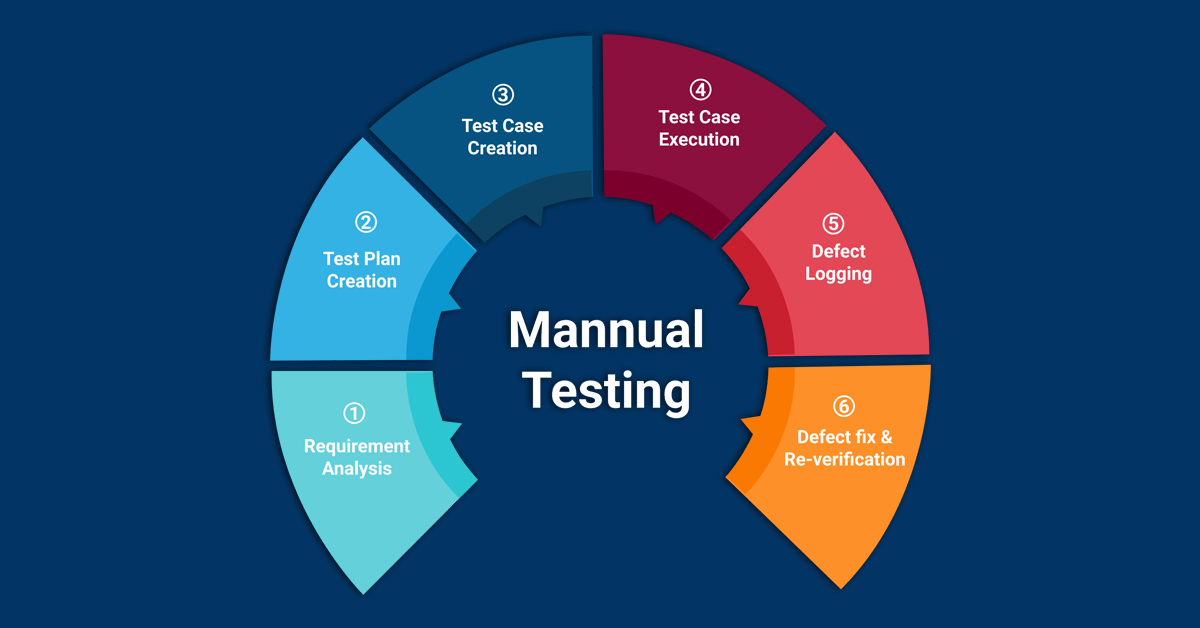
Introduction to Manual Software Testing
Software testing is a crucial aspect of the software development process. While automated testing has become more prevalent in recent years, manual software testing still holds its vital place in this field. Manual testing involves manually going through a software application’s components and functionalities to identify any bugs or discrepancies. But why is it so important? Let’s dive in and discover.
The Importance of Manual Software Testing
The aim of software testing, whether manual or automated, is to ensure the product is bug-free, works as expected, and provides a smooth user experience. Manual software testing, in particular, provides the human insight that automation might miss. It allows the tester to understand the user perspective better, enabling them to identify any areas of confusion or difficulty.
The Role of a Manual Software Tester
A manual software tester has the critical task of testing the software meticulously. Their role involves designing test cases, executing them, and then documenting the results. These professionals use their knowledge of software behavior to identify potential issues that might hinder the user experience.
The Stages of Manual Software Testing
Manual software testing typically involves four stages.
Test Planning
During this stage, the software tester prepares a detailed testing plan. They outline the testing approach, identify the test cases, and establish the resources required.
Test Design
Next, they design the test scenarios and test cases based on the identified requirements. This phase involves a thorough understanding of the software to ensure all aspects will be tested.
Test Execution
The tester then manually executes the designed test cases, documenting any bugs or issues they discover.
Test Closure
Finally, after all the test cases have been executed, the tester closes the testing process. They compile a comprehensive report detailing the testing activities, results, and any identified bugs or issues.
Manual vs. Automated Software Testing
While automated testing has its advantages, such as speed and repeatability, manual testing brings a unique perspective that a machine cannot provide. It allows for creative problem-solving, intuitive decision-making, and a more personalized user experience assessment.
Skills Required for Manual Software Testing
To excel in manual software testing, one needs to have certain skills and traits.
Attention to Detail
Given that the tester’s job is to identify any small discrepancies or bugs, having a keen eye for detail is crucial.
Check out 50+ Software Testing Interview Questions to boost your confidence.
Critical Thinking
A good manual tester should be able to think critically, enabling them to identify potential issues and test complex scenarios effectively.
Knowledge of Software Testing Tools
While this is manual testing, some tools and technologies can help streamline the process. Knowledge of these is certainly beneficial.
Understanding of Software Development Life Cycle
Understanding the software development life cycle (SDLC) allows testers to anticipate potential issues, enhancing the effectiveness of their testing.
The Value of a Software Testing Course
For those aspiring to be proficient in manual software testing, taking a software testing course is a brilliant start. It provides the foundational knowledge and practical skills required in the field, making it an excellent investment in your career.
Conclusion
Manual software testing, despite the rise of automation, remains a vital component in software development. It offers a human touch that complements automated tests, ensuring a comprehensive and efficient evaluation. Whether you’re a budding tester or an experienced one, investing time in a software testing course can undoubtedly sharpen your skills and broaden your career horizons.
